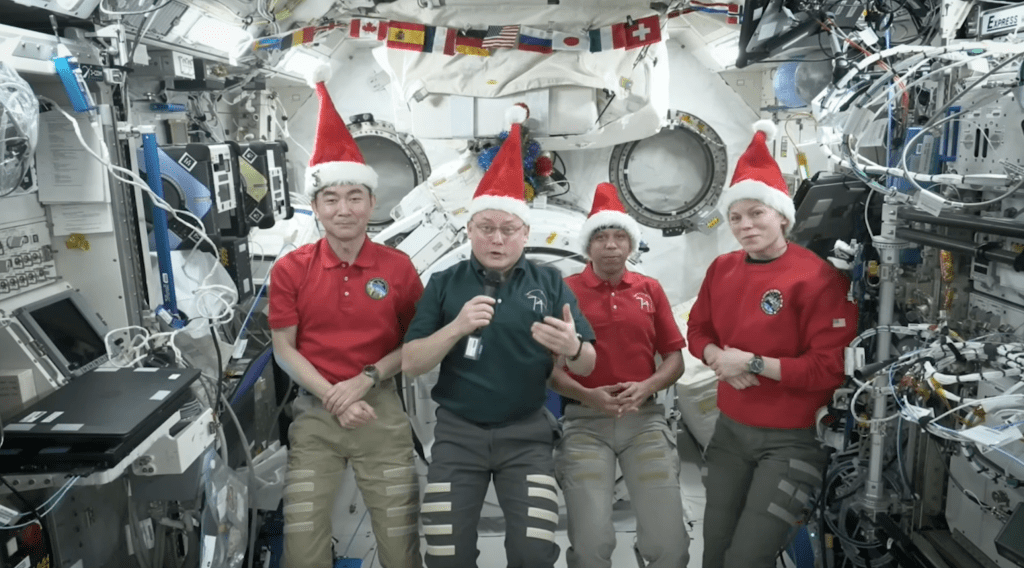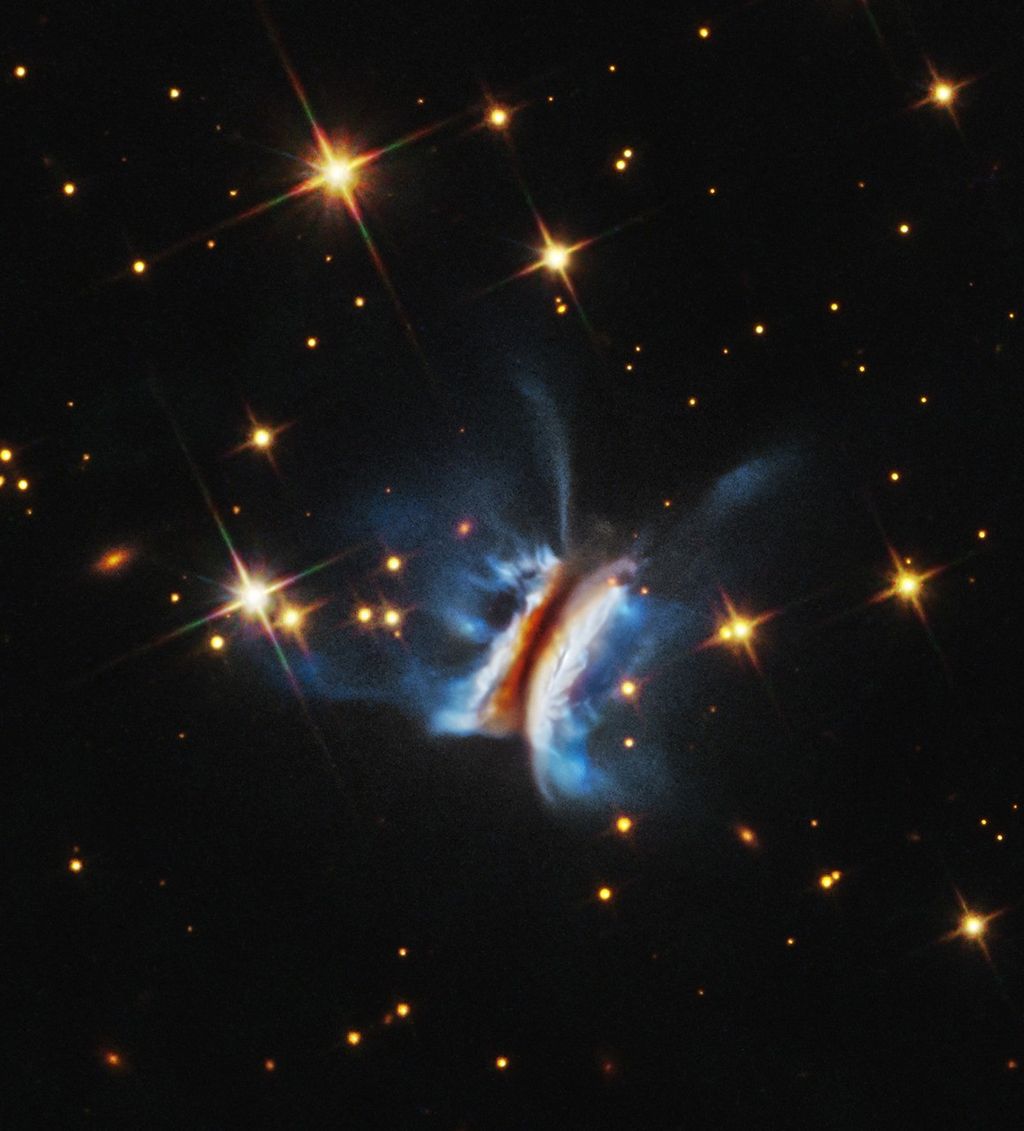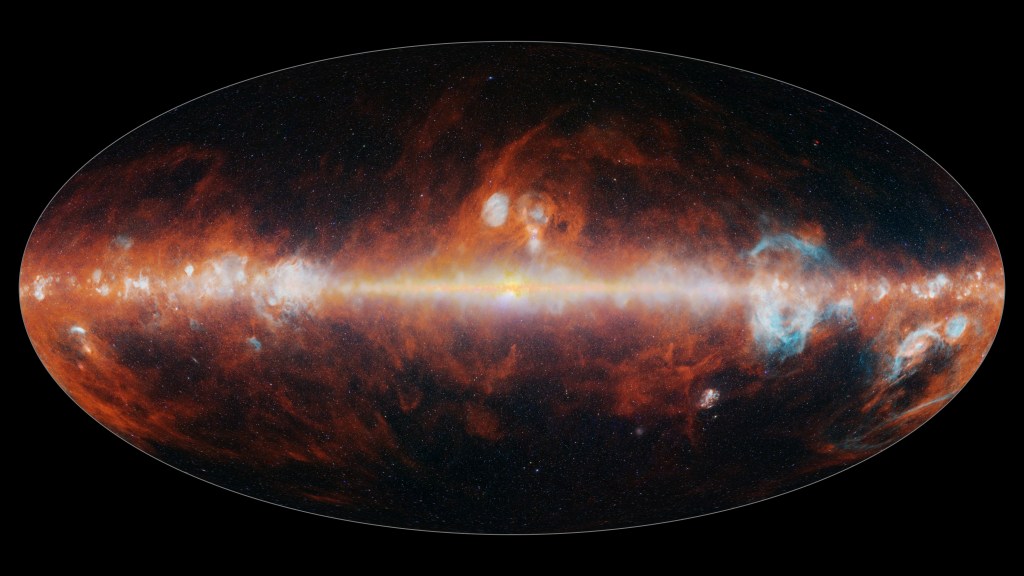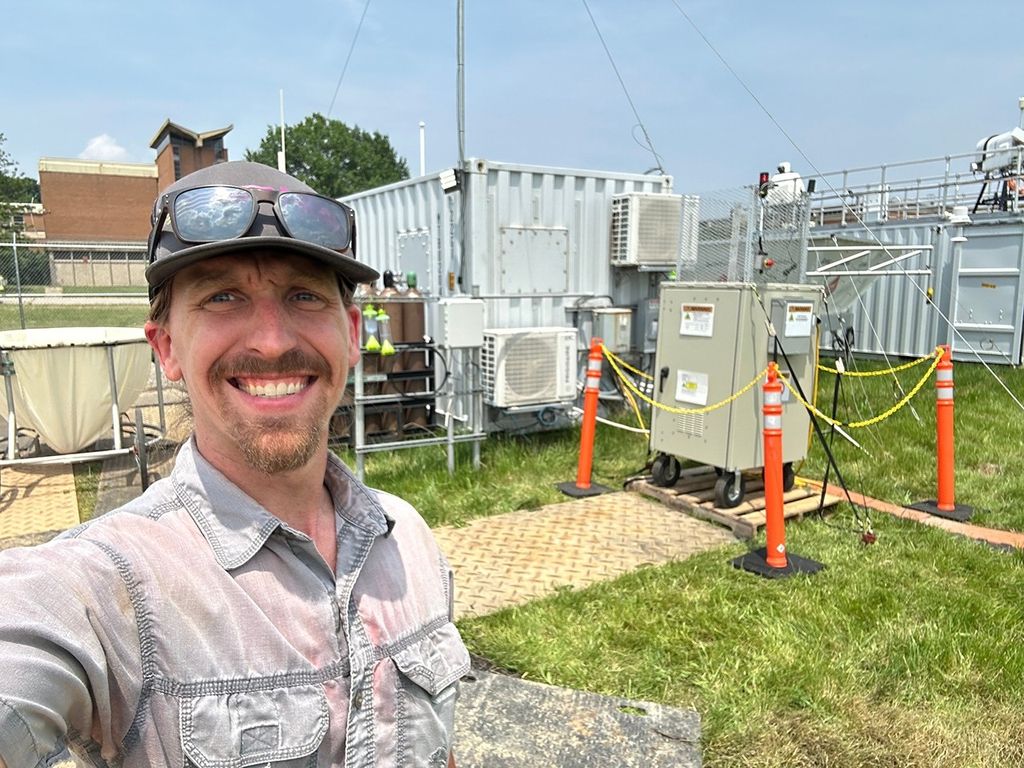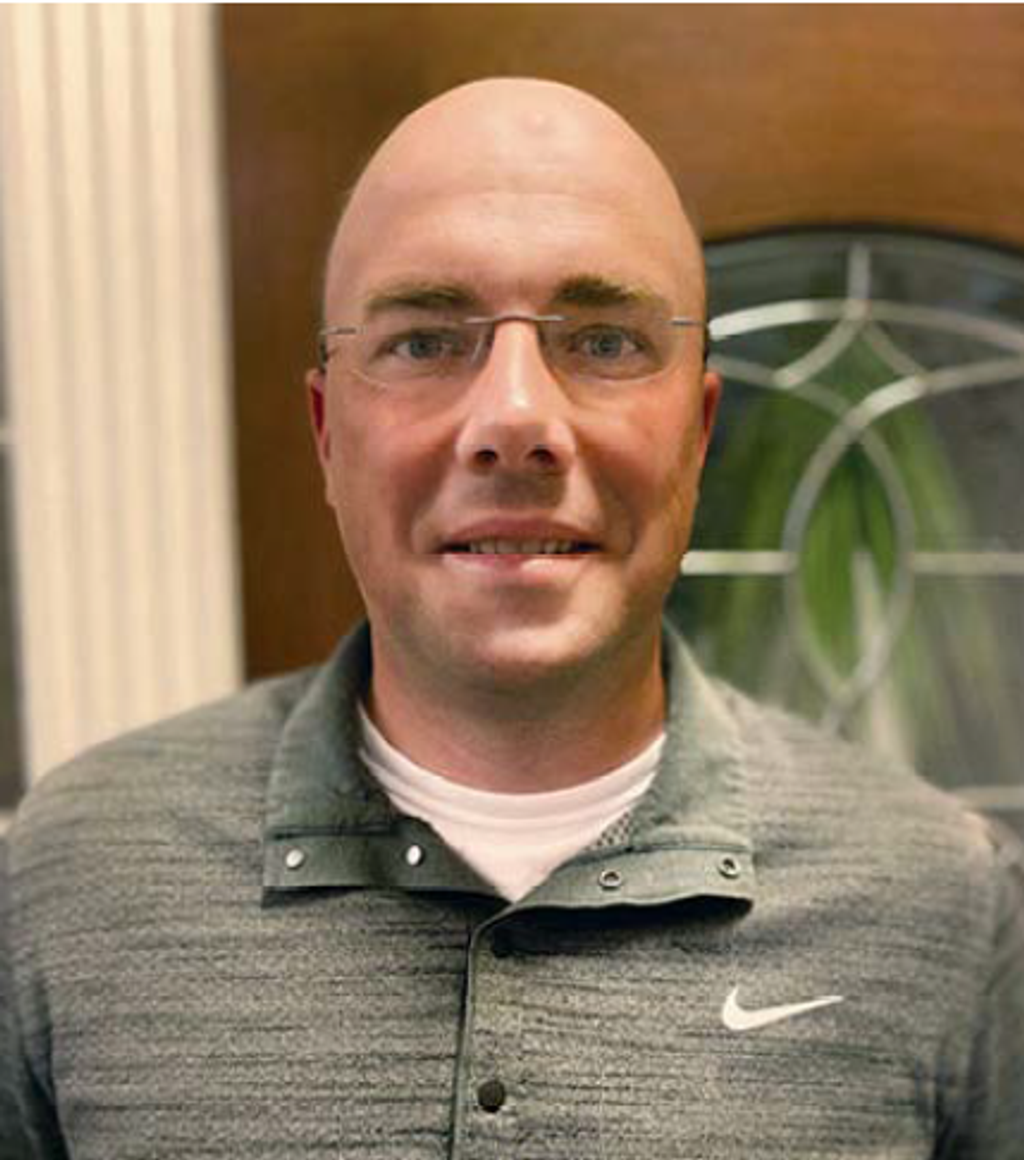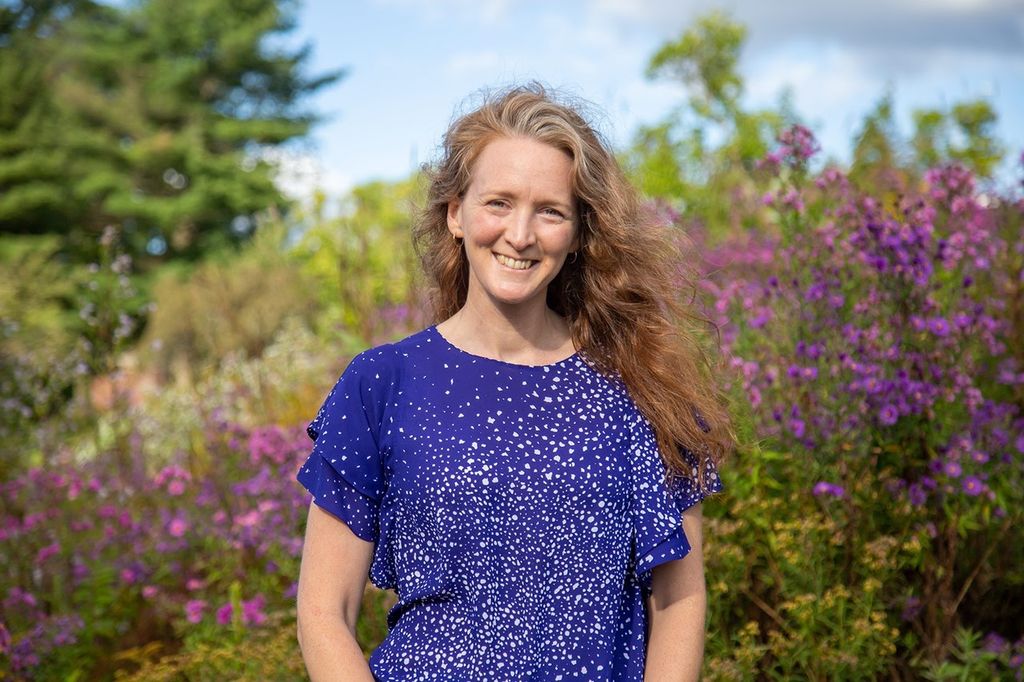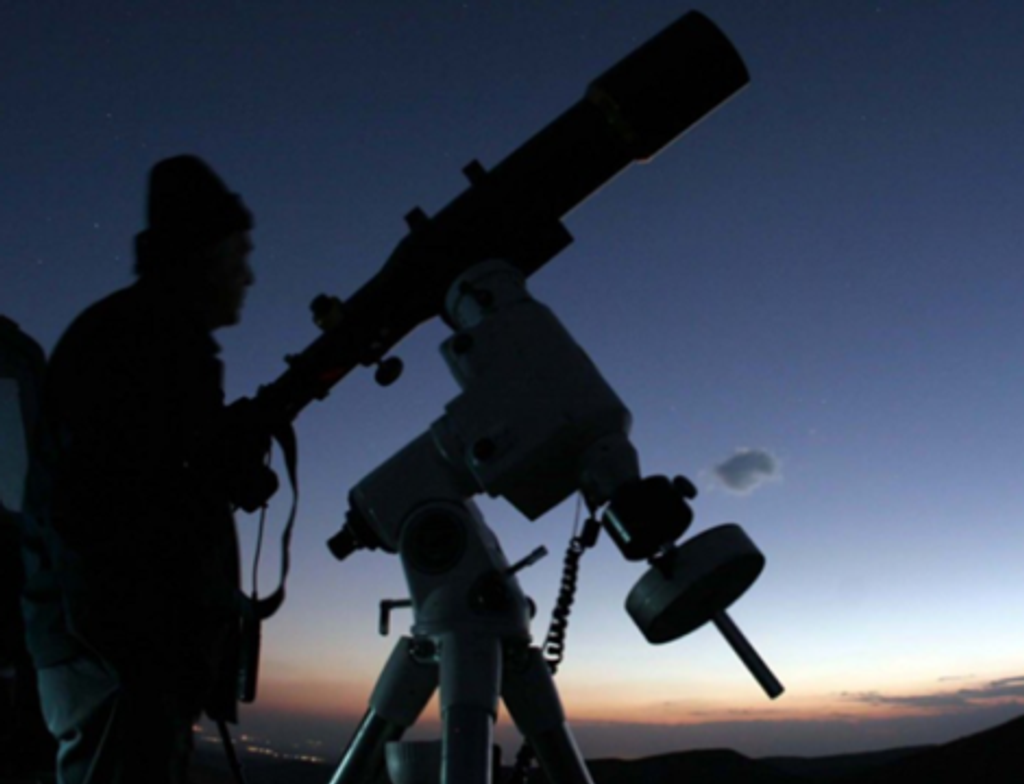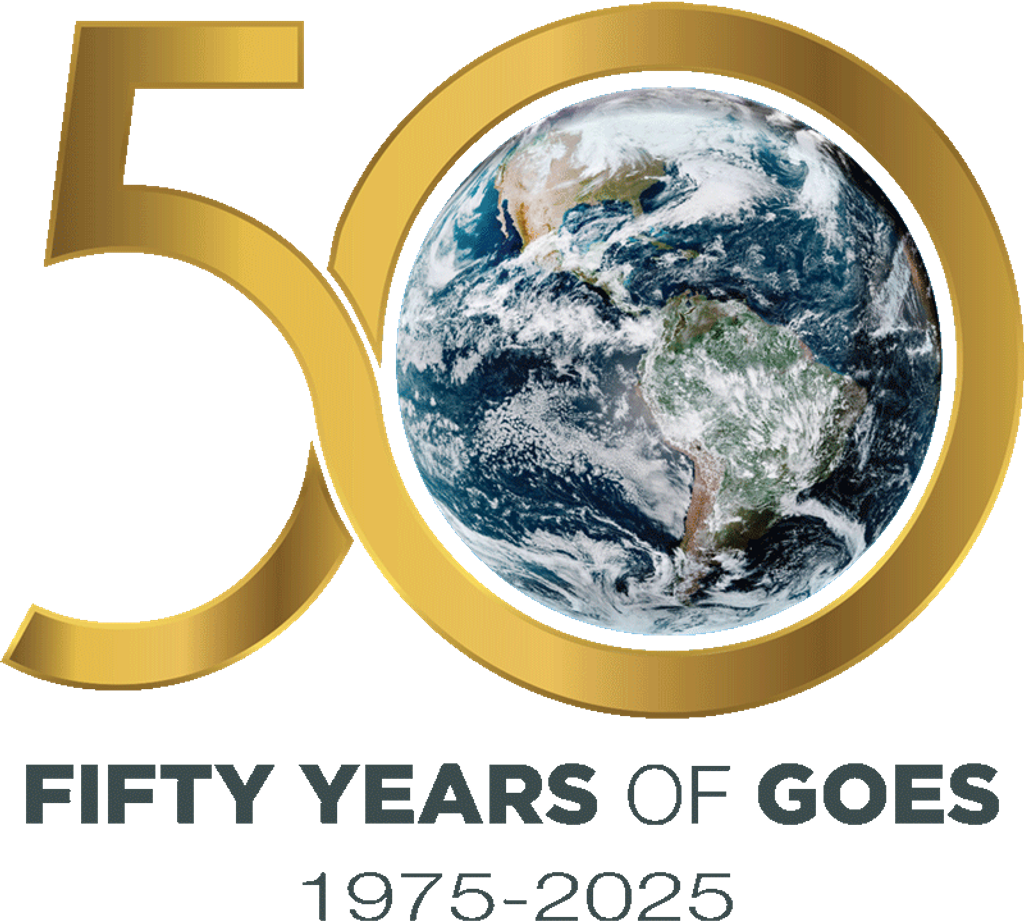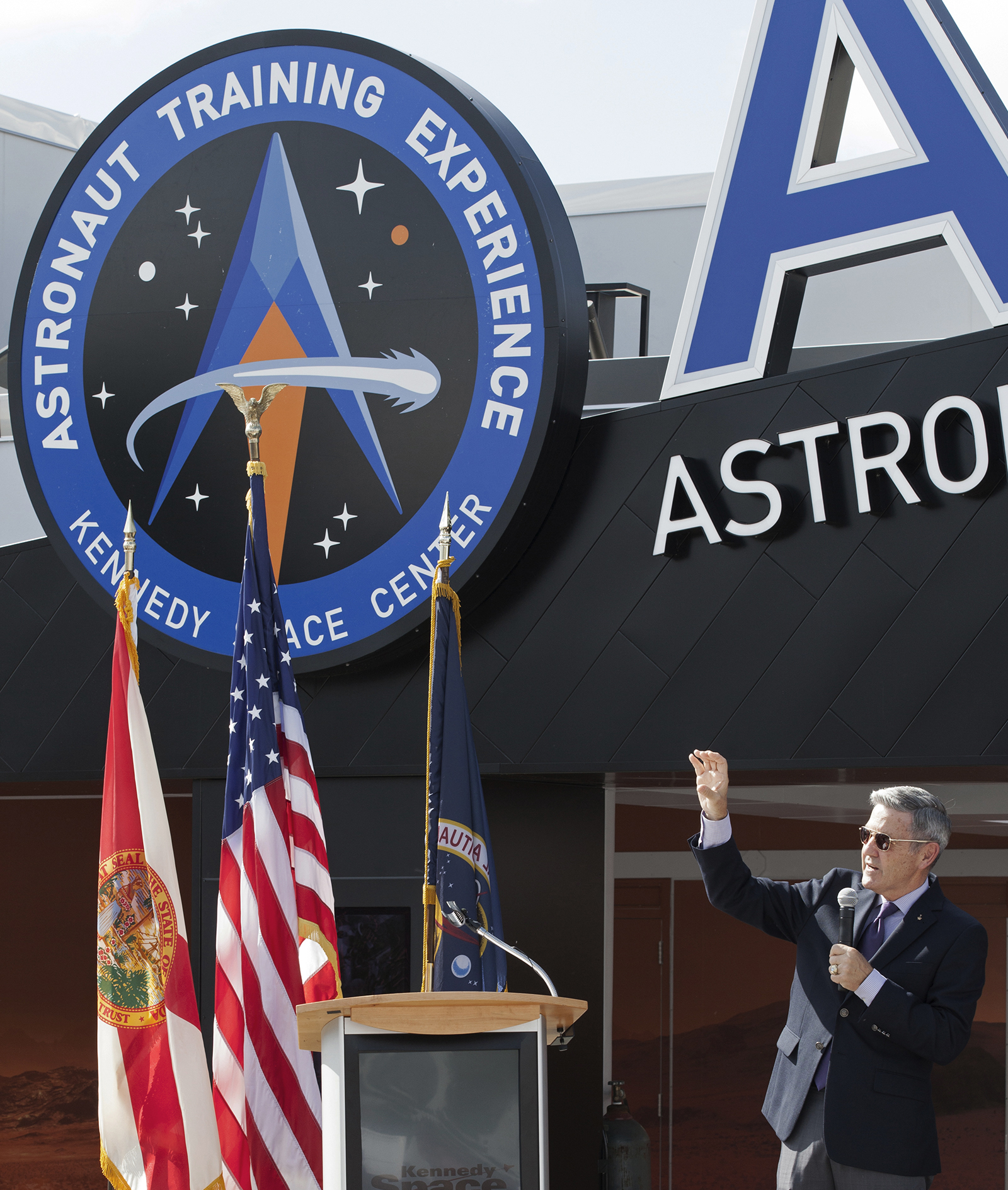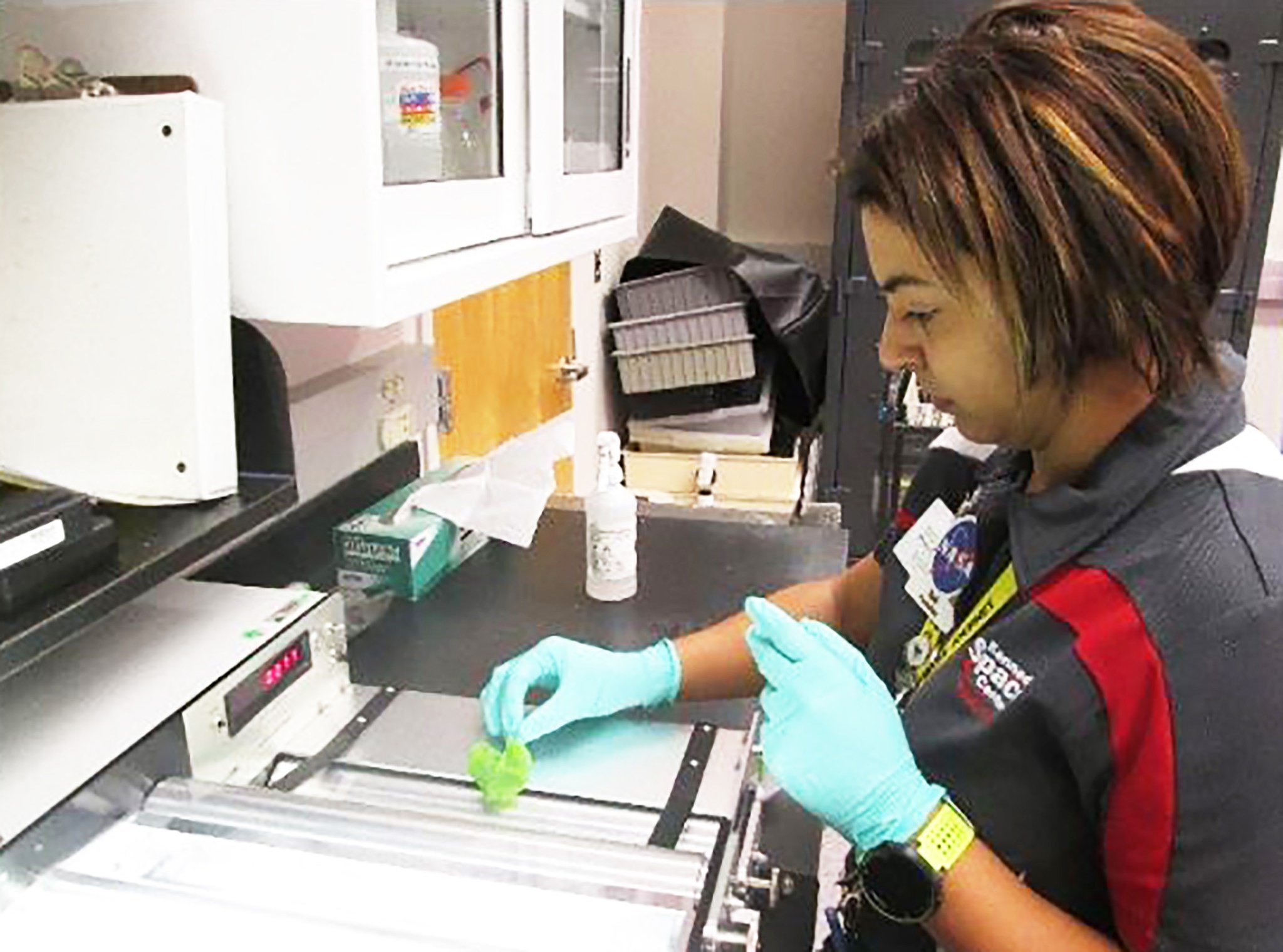By Bob Granath
NASA’s Kennedy Space Center, Florida
As NASA trains crews for work aboard the International Space Station and future trips to the Moon and on to Mars, prospective younger explorers now are participating in similar activities at the new Astronaut Training Experience (ATX) at the Kennedy Space Center Visitor Complex.
NASA experts are working closely with those developing education programs at the Kennedy visitor complex. But not only is this effort developing opportunities for participants to learn how NASA prepares crews for extended missions, the results of the new educational program are aiding the agency as it prepares to send astronauts to the Moon and Mars.
Matt Romeyn, a project scientist in Kennedy’s Utilization and Life Sciences Office, has worked with education program specialists at the visitor complex to help design and plan the ATX facility.
“They want to teach kids how to do quality science,” he said. “As part of the ATX, students will do the preparation and set up for experiments and measure plant growth.”
It’s a miniaturization of what NASA is doing in laboratories at Kennedy supporting research aboard the International Space Station. The NASA Vegetable Production System, known as “Veggie,” is a plant growth unit capable of producing salad-type crops to provide the crew with a source of fresh food.
The visitor complex educational activities include two high-tech, hands-on programs: “Astronaut Training Experience” and “Mars Base 1.”
The Astronaut Training Experience is an opportunity for visitors to prepare for a mission to Mars. Participants “train” for future missions using technology and simulators that mimic launching, landing and working on Mars. There also is an opportunity to simulate spacewalking in microgravity. These actives are set up to use NASA procedures to work through engineering challenges.
Mars Base 1 offers participants a chance to live on another planet as astronauts, while performing base operations along with real science experiments and engineering tasks.
As part of Mars Base 1, participants will help decide what crops are good to grow in space.
“This is a great partnership,” Romeyn said. “Not only is this a learning experience for students, their plant growth experiment results will be reported back to us aiding our ongoing research.”
Center Director Bob Cabana recently spoke at the opening of the new ATX at the visitor complex, noting that this special educational program provides an opportunity for young people to learn about NASA and careers supporting space exploration.
“What a unique facility this is,” he said. “I appreciate Lockheed Martin sponsoring this awesome facility.”
Therrin Protze, chief operating officer of the Kennedy Space Center’s Visitor Complex, believes the Astronaut Training Experience will help further the educational focus.
“The ATX Center gives participants a chance to train like an astronaut, perform real NASA science experiments and contribute to data that will be used in the field,” he said.
Opening in 1967, the Kennedy visitor complex is the world’s window into NASA’s work at the Florida spaceport. Exhibits and displays show more than 1.5 million visitors each year the agency’s history, information about ongoing programs and glimpses into future efforts to send humans well beyond low-Earth orbit. Another key aspect of visitor complex programs includes NASA educational programs focusing on STEM — science, technology, engineering and math.
“Featuring the Orion spacecraft, which we are building for NASA, the ATX puts young space enthusiasts in an immersive environment and lets them train and work together,” said Lisa Callahan, vice president and general manager of Commercial Civil Space at Lockheed Martin Space.
The Orion spacecraft and the Space Launch System rocket are part of NASA’s deep space exploration program designed to send humans on trips to the Moon, Mars and beyond.
“We hope we have a lot of future space industry experts coming out of these experiences, as well as a lot of future astronauts,” Protze said.
Callahan echoed that expectation.
“Inspiring our next generation of space explorers, engineers and scientists is very important,” she said. “Industry and society must continue to work together to develop the workforce that has the skills to compete in the 21st century high-tech economy.”

